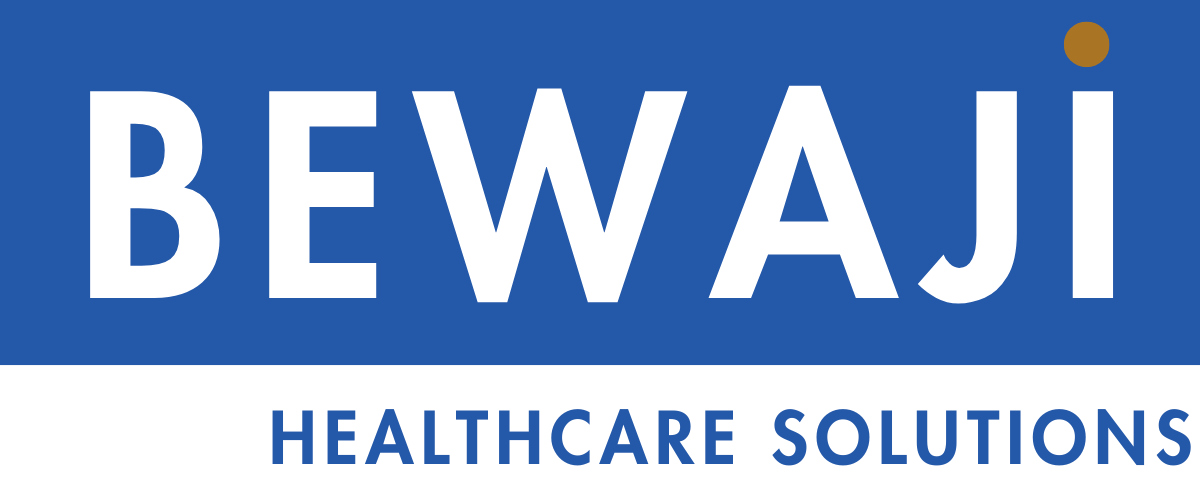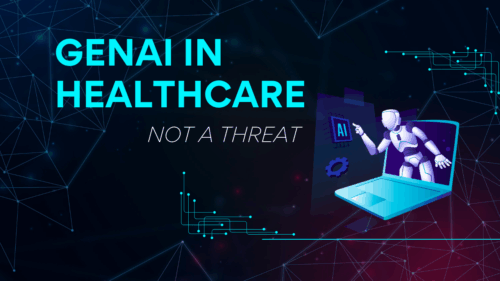Introduction
In today’s digital age, healthcare professionals are increasingly using AI technologies to aid in decision-making, data analysis, and patient care. One such tool is ChatGPT, a generative AI model that offers a wide array of applications when prompted effectively. Yet, how to formulate prompts that yield accurate and specific results remains a conundrum for many. Inspired by extensive prompt engineering courses and hundreds of hours of application, this article delves into the indispensable formula to master ChatGPT prompts tailored for healthcare settings.
The Six Building Blocks of Effective Prompts
When constructing a prompt for ChatGPT, six components are crucial: Task, Context, Exemplars, Persona, Format, and Tone. Interestingly, these components follow a hierarchy of importance.
Task: The Command Center
The task is the action you want the AI to perform. It must be initiated with an action verb, like “Analyze,” “Generate,” or “Summarize,” and should clearly state your end goal. For instance, “Analyze patient data to identify patterns in medication side effects.”
Context: Setting the Stage
Context adds layers to your task, offering the model essential background information. For healthcare professionals, this could range from the type of data under consideration to specific patient demographics or compliance requirements. Three questions can guide you here: What is the user’s background? What does success look like? What environment are they in?
Exemplars: The Power of Examples
Exemplars are concrete examples that improve the quality of the output. For instance, when asking the model to draft an email to a colleague discussing a new treatment plan, providing a well-structured example can result in a more coherent and effective message.
Persona: Channeling Expertise
The Persona component specifies the “role” you want the AI to assume. In a medical setting, it can range from a data analyst summarizing patient data to a medical researcher providing an overview of the latest studies.
Format and Tone: The Final Touches
The Format dictates how you want the output to appear. Whether you’re expecting a well-structured report or bullet-pointed summary, clarity is key. Tone, on the other hand, influences the mood of the output. In healthcare, where stakes are high, a professional and evidence-based tone is often most appropriate.
Practical Applications in Healthcare
Imagine you’re a physician interested in the latest treatments for Type 2 diabetes. Your prompt could be: “As a medical researcher, summarize the latest peer-reviewed articles on Type 2 diabetes treatments. Use a formal tone and bullet-point format.”
Or perhaps you’re a hospital administrator who needs to analyze patient feedback on their ER experience. You could prompt: “Analyze the patient feedback received for our Emergency Room services over the past six months. Categorize the feedback based on urgency and department responsible. Use a table format.”
Wrapping Up
Mastering the art of prompting can dramatically enhance your utilization of ChatGPT in healthcare contexts, from research and data analysis to patient engagement and administrative tasks. Just like any tool in medicine, the effectiveness of ChatGPT lies in the hands of its user. Therefore, understanding the mechanics of effective prompting is not just beneficial—it’s essential.
Harness the potential of ChatGPT in your medical practice by employing these techniques. Not only will it improve the accuracy and relevance of the outputs, but it will also save you invaluable time, allowing you to focus on what matters most: patient care.



